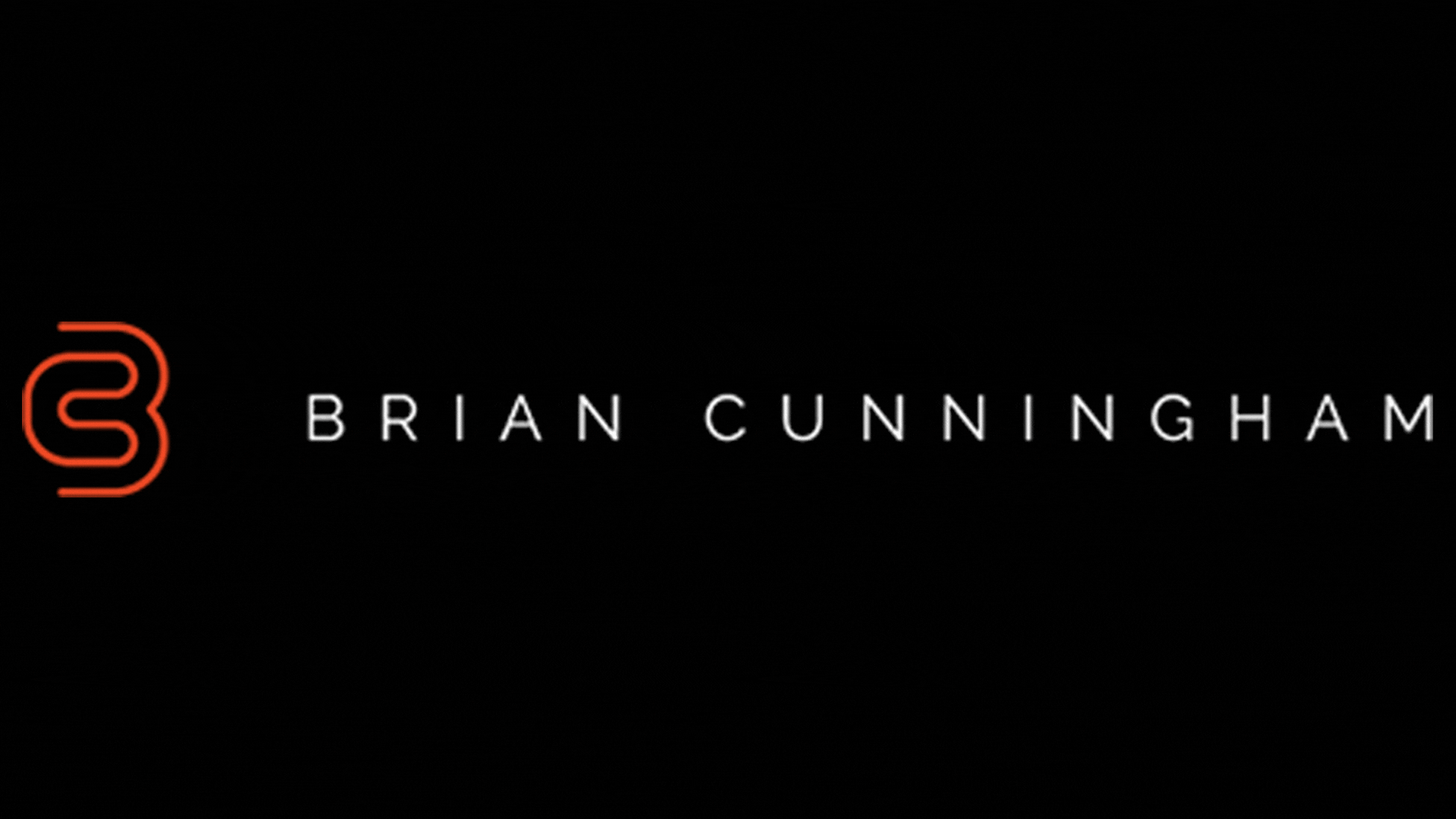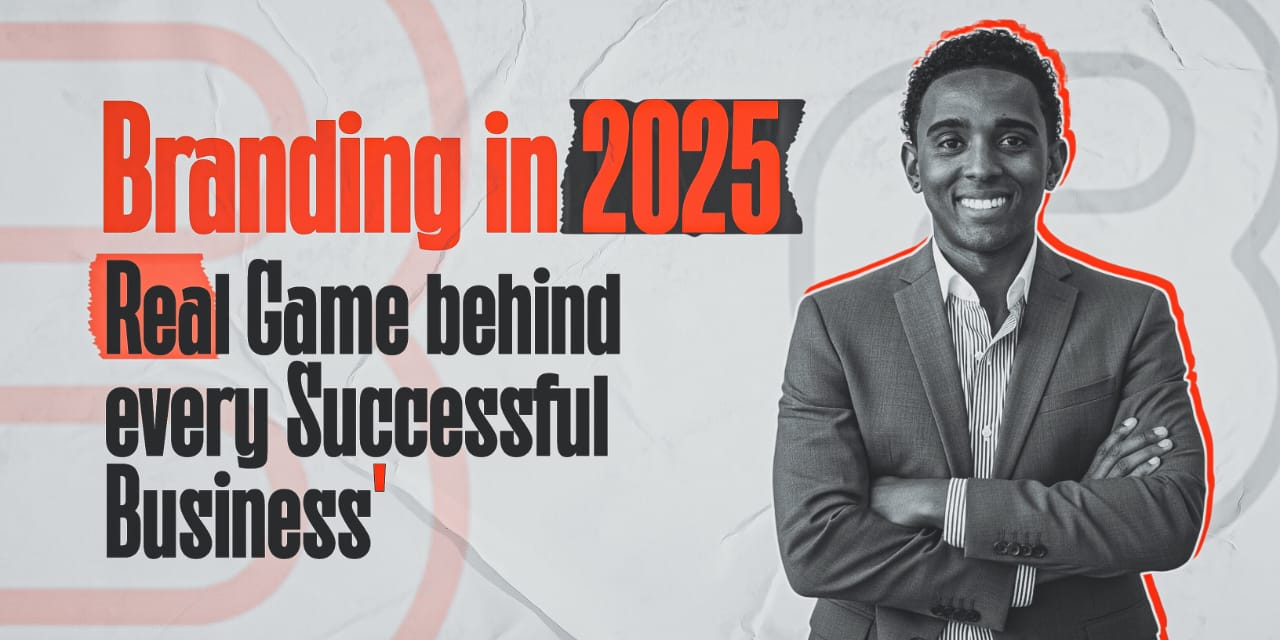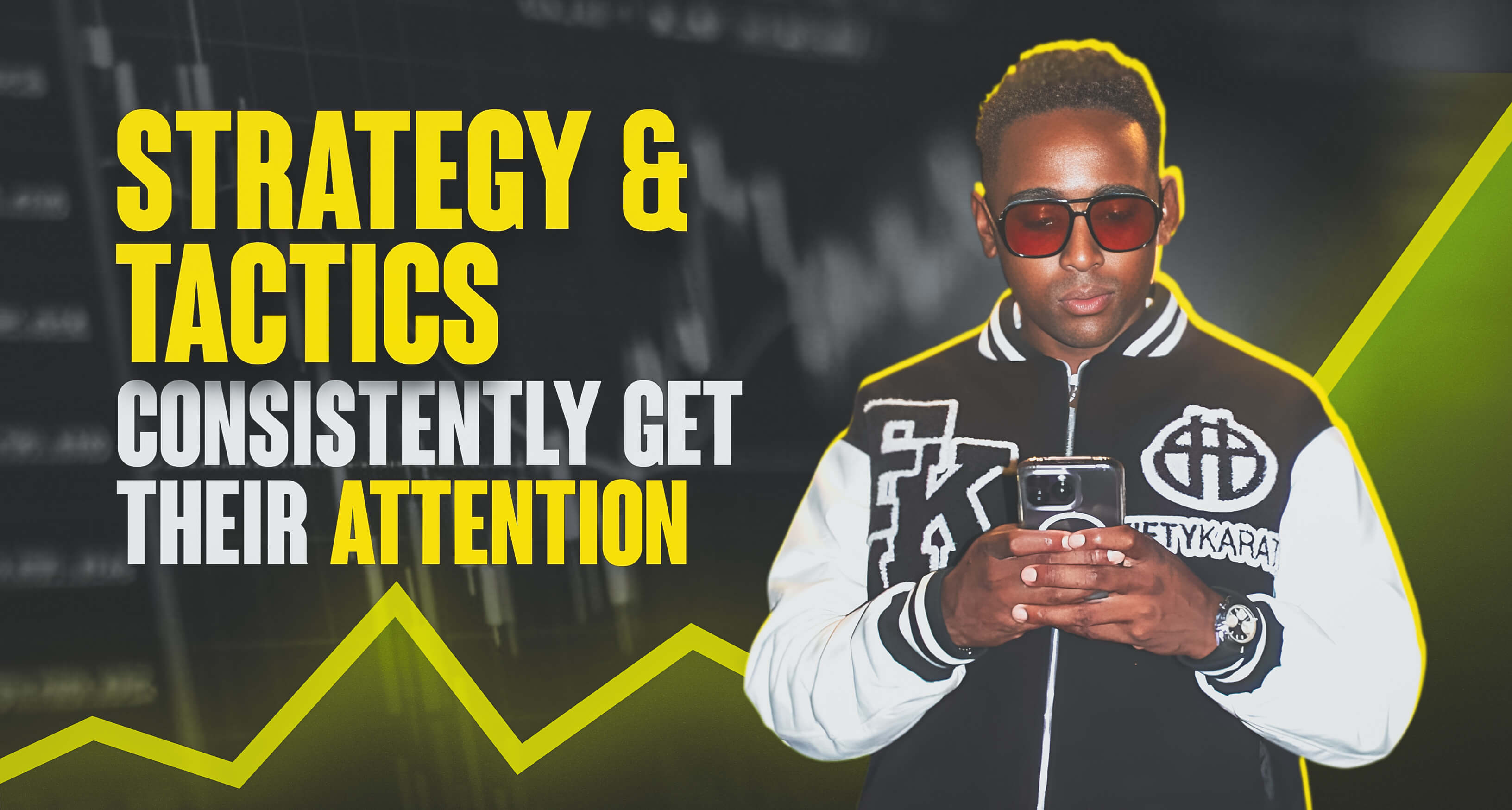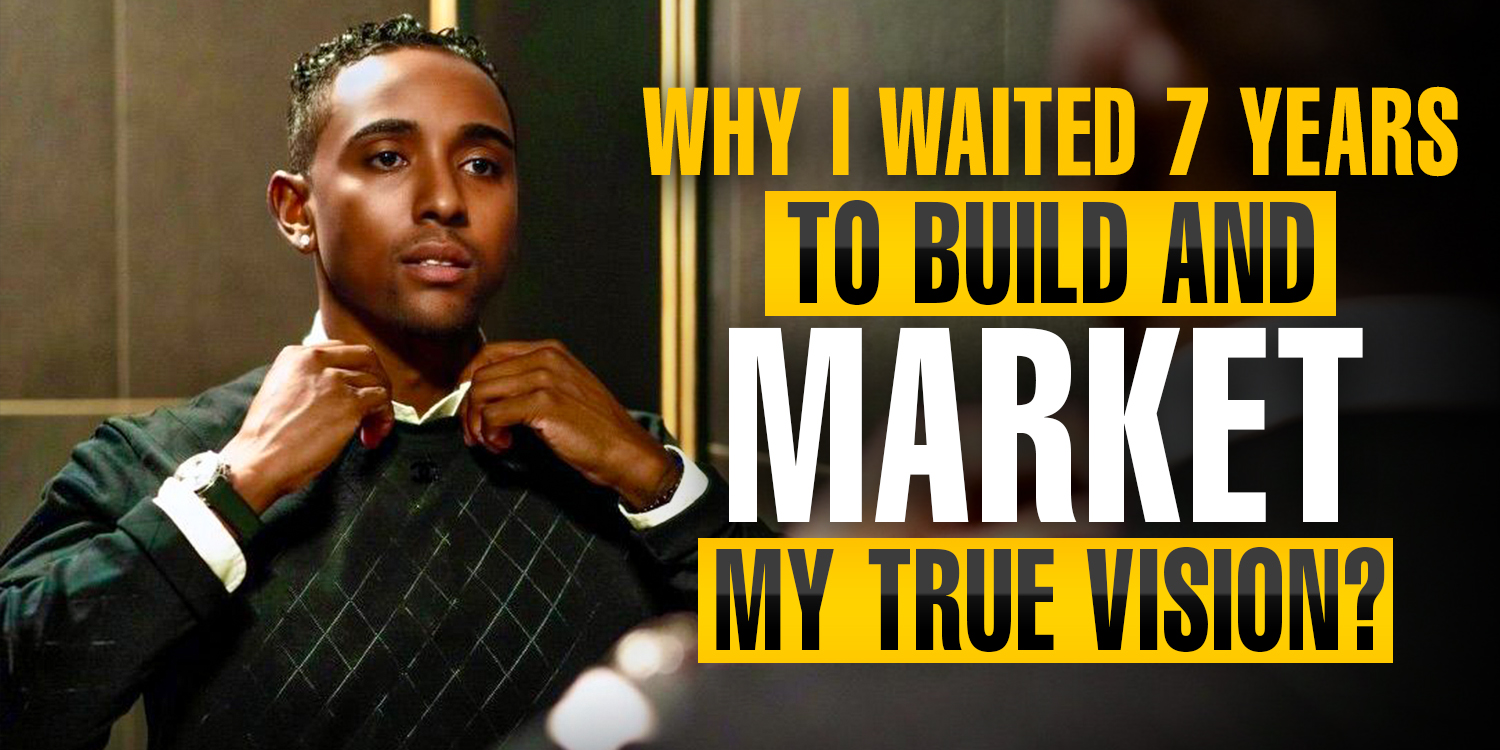Ever notice how some brands don’t even need to say their name?
You see a swoosh — you already think Nike. You hear two notes and know it’s Netflix. That’s not a coincidence. That’s branding.
Branding goes beyond colors or logos. It’s the impression people carry when your name comes up in a conversation. And when that story connects — your business doesn’t just grow, it scales on autopilot.
“A brand is no longer what we tell the consumer it is — it’s what consumers tell each other it is”
Scott Cook
What Branding Really Means in 2025
Branding is no longer decoration — it’s direction.
It shapes everything: who finds you, why they trust you, and what they’re willing to pay.
n today’s world, ten businesses can sell the same product at the same price. The one that wins? The one that means something.
When someone buys an iPhone, they’re not buying a phone — they’re buying Apple’s promise of creativity and simplicity.
When someone opens a Coke, it’s not about the sugar — it’s about the moment.
That’s what branding does. It turns what you sell into what people feel.
Coca-Cola and Gymshark: Two Different Worlds, One Lesson
Coca-Cola doesn’t sell a drink; it sells a feeling — happiness, family, connection. When you open a Coke, it’s about sharing a moment, not quenching thirst.
Gymshark started in a garage and grew into a billion-dollar global brand. Not with billboards or fancy ads — but with community.
In 2024, they expanded into U.S. stores and women-led campaigns, but their heartbeat is still the same: influencers, authenticity, and belonging.
Two very different brands. One shared truth — people don’t buy what you sell. They buy who you are.
How Branding Drives Growth
Most people chase attention. But smart brands? They build identity.
Because attention fades, identity lasts.
Clarity.
Know who you are — and who you’re not.
Apple doesn’t try to be everything. It stands for creativity and simplicity. Nike stands for ambition and motion. That’s why you never have to guess what they’re about.
Consistency.
Familiarity wins.
For over a century, Coca-Cola has owned its signature red. Airbnb continues to feel like warmth and belonging wrapped into one. Gymshark? Still built on grit and hustle. When people see or hear you, they should feel something familiar every single time.
Emotion.
Facts don’t sell. Feelings do.
When Nike says Play New or Coca-Cola says Share a Coke, it’s not about shoes or soda. It’s about how people see themselves.
Authenticity.
People want real, not perfect.
Ben Francis talks about his mistakes as much as his wins. Steven Bartlett doesn’t preach — he reflects. That’s why people trust them. You can’t fake truth for long.
Branding Strategies That Actually Drive Growth
Good branding isn’t luck — it’s built on strategy. Here are a few that truly work in 2025:
- Story-first marketing.
Don’t just show your product — show why it matters. Brands like Patagonia and Dove don’t win hearts with features; they stand for something bigger. That’s why people stick with them, even when cheaper choices are everywhere.
- Community-driven branding.
People trust people, not ads. Gymshark, Lululemon, and Glossier all grew by building communities before building stores. Let your audience feel like insiders, not customers.
- Consistent visual identity.
From packaging to captions, keep the same tone, colors, and message. The goal isn’t to be everywhere — it’s to be recognizable anywhere.
- Purpose-led positioning.
The strongest brands don’t chase trends — they stand for something. Nike stands for perseverance. Tesla stands for innovation. Find what your brand truly believes in, and build around that.
When you apply these strategies with clarity and consistency, branding stops being marketing — it becomes momentum.
The Branding Game in 2025
The best brands are blending story, tech, and emotion.
Sephora is using AR to let customers virtually try on makeup, but their real magic is community — loyalty programs that make customers feel seen.
CeraVe’s viral Super Bowl moment with Michael Cera worked because it was fun, unexpected, and human — not corporate.
And Mastercard is proving that branding can go beyond visuals — they’re adding sound and scent to create experiences you remember subconsciously.
It’s no longer about being louder — it’s about being more real.
Final Takeaway
You can market to sell, or you can brand to last.
The first gets attention. The second builds a connection.
Your brand is the story people tell when you’re not there — and that story is the most powerful marketing strategy you’ll ever have.






